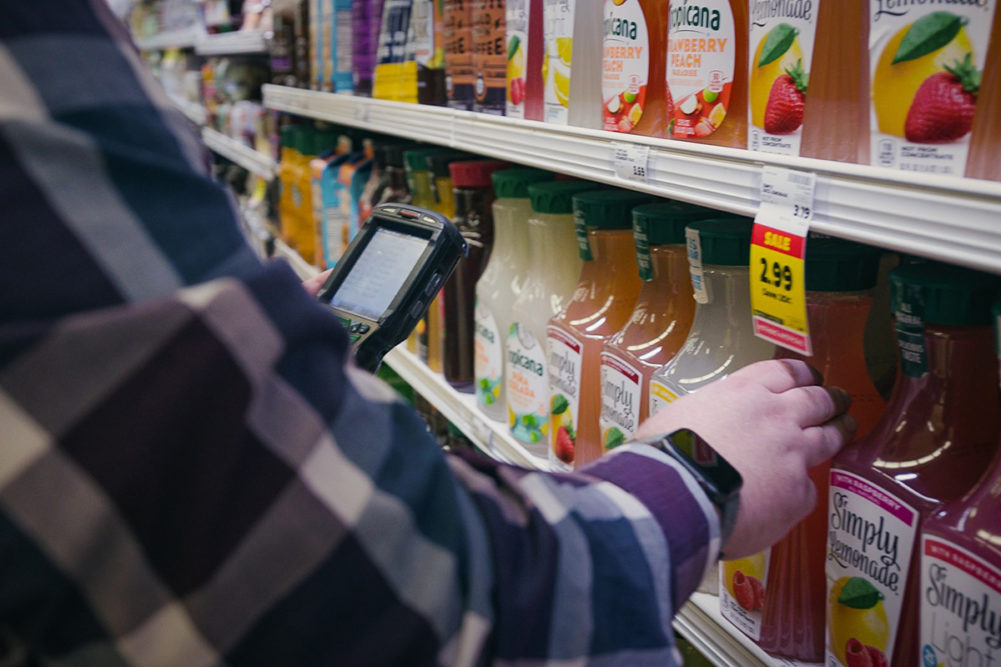Upshop’s “very robust” machine learning forecast model allows the company to help its customers accurately predict their ordering needs, the first step toward creating “sellable product,” said Mike Weber, Upshop’s chief marketing officer.
For a fresh ordering platform to work effectively, it needs to accurately account weather, seasonality, and other nuances that can vary by a week or two from year to year, Weber said.
Weather will be “very big component of our forecast model moving forward,” said Mark Hawthorne, the company’s chief innovation and strategy officer. “An inch of rain in Southern California can be like a foot of snow in the Northeast,” Hawthorne said. “There’s a huge opportunity in that area. Some of our Hispanic retailers on the West Coast, they get a little weather, suddenly they’re selling a lot more masa.”
Another big focus right now for Upshop, Weber said, is getting retailers’ fresh ordering systems up to speed on the digital side.
“In ecommerce, we’re seeing an increased amount of fresh orders. Retailers need to have single PI across online and instore.”
Upshop’s fresh ordering capabilities, Weber said, allows customers to take out the manual component of getting their forecasts right.
“We give customers a data-driven view that allows them to think through (their ordering process) in a great amount of detail. We do center-store well, and we do fresh even better.”
One area where fresh ordering platforms like Upshop’s are particularly useful is in accurately moving items from one part of the store to another.
“Ingredients is the area of the biggest hidden shrink in stores,” Weber said. “Using items from the store, like from the deli, for made-to-order foods is really hard. We’re very proud to have the ability to combine ingredient ordering and production and recipes, so the whole thing is seamless.”
Made-to-order has huge room for growth, he added, as grocery stores “start to treat themselves like they’re restaurants, with a lot more options than McDonald’s, and where consumers see value.”
Upshop’s many solutions for fresh ordering all fit into an app that’s easy for even the newest grocery employees to master, Weber said. “We know the work force is more transient now. You don’t necessarily have the institutional knowledge you used to have.” Upshop’s employees are in actual grocery stores “day in and day out,” he added, helping to make sure workers on the front line know how to get the most of their Upshop platform.
“Working hand in hand with retailers — it comes down to those relationships. They often have either a very inexperienced work force or an older work force that’s hesitant adopt technology.
“We provide a very simple solution, and we take lot of pride in working with store associates in the perimeter. It’s a big focus point for us.”
Upshop’s goal is simple, Hawthorne said.
“We want to reduce out of stocks, help sales and reduce shrink. If we get those three things right, that’s what we’re really about.”
Some of Upshop’s clients have seen a 30% reduction in shrink as a result of using the company’s fresh ordering platform.
One of the company’s biggest grocery customers, a chain with thousands of stores, has enjoyed an ROI of 25 times what it cost to implement Upshop’s system, he added.
And when Upshop generates an order, if an associate at the store level makes an adjustment to it, the accuracy of that order drops by 40%.
This article is an excerpt from the May 2024 issue of Supermarket Perimeter. You can read the entire Fresh Ordering feature and more in the digital edition here.

